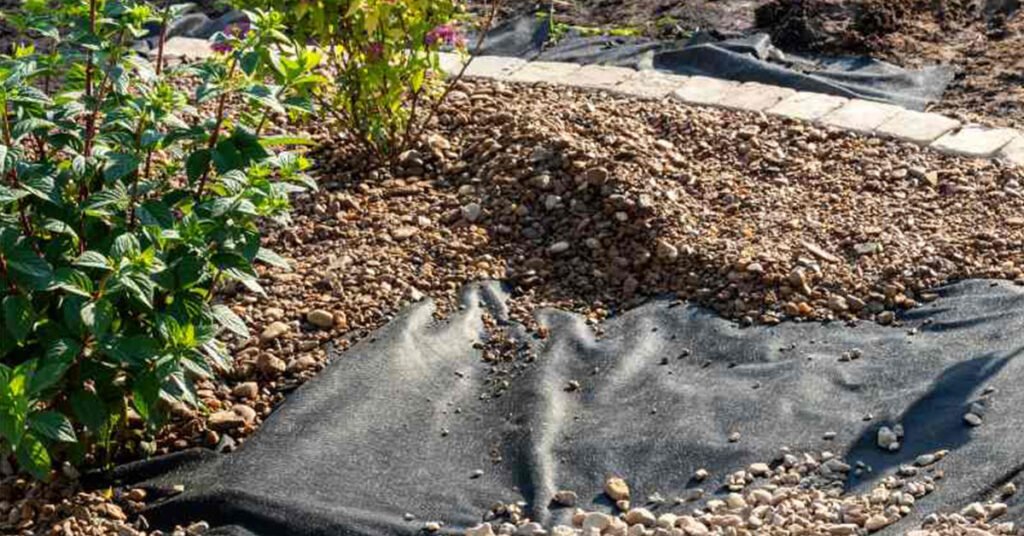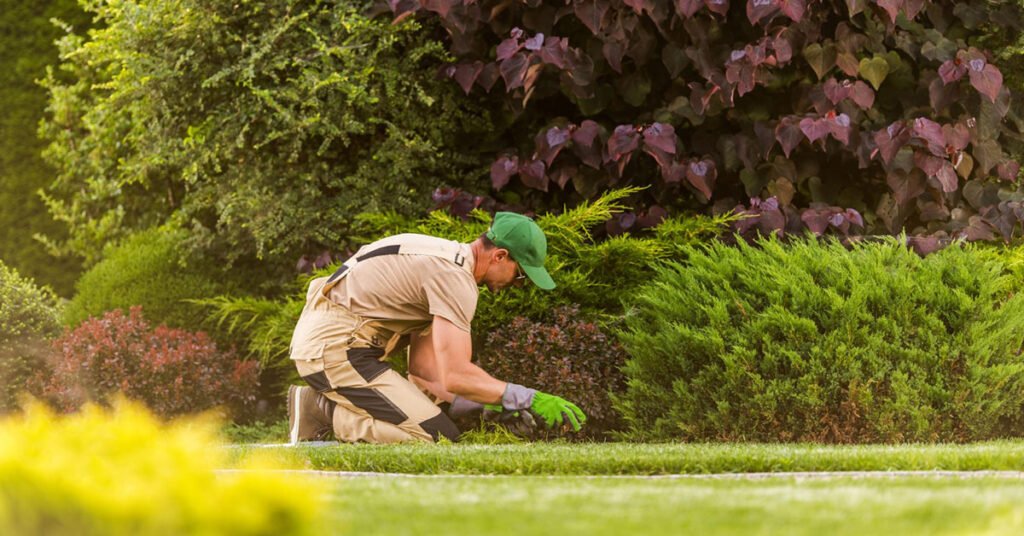Are you ready to embark on a journey into the world of landscaping? Whether you’re a novice enthusiast or considering a career in the field, understanding what to put under landscape rock is crucial for creating stunning outdoor spaces that stand the test of time. In this comprehensive guide, we’ll explore what to put under landscape rock and considerations to help you make informed decisions and elevate your landscaping game.
Why Use Landscape Rock?
Before diving into what goes under landscape rock, let’s briefly touch on why it’s such a popular choice in landscaping projects. Landscape rock, also known as decorative rock or landscaping stone, offers numerous benefits:
- Aesthetic Appeal: Landscape rock comes in a variety of colors, sizes, and textures, allowing for endless design possibilities. Whether you prefer a rustic, natural look or a sleek, modern aesthetic, there’s a type of rock to suit your vision.
- Low Maintenance: Unlike organic materials such as mulch, landscape rock requires minimal upkeep. It doesn’t decompose or attract pests, making it a long-lasting and cost-effective option for enhancing outdoor spaces.
- Water Conservation: By using landscape rock as a ground cover, you can reduce water usage by minimizing evaporation and weed growth. This not only conserves water but also helps maintain a clean and tidy landscape.
Now that we understand the benefits of landscape rock, let’s delve into what you should consider putting underneath it to optimize its performance and longevity.
What to Put Under Landscape Rock
When it comes to installing landscape rock, what lies beneath is just as important as the rock itself. Proper preparation ensures not only a visually appealing result but also a durable and low-maintenance landscape. Here are the key elements to consider putting under landscape rock:
1. Landscape Fabric
Landscape fabric, also known as weed barrier or weed control fabric, is a permeable material typically made from synthetic fibers. Placing landscape fabric beneath landscape rock helps suppress weed growth by blocking sunlight and preventing weed seeds from germinating.
Additionally, it promotes drainage and prevents soil erosion, enhancing the stability of your landscaping project.
2. Geotextile Drainage Mat
In areas where drainage is a concern, such as sloped landscapes or regions with heavy rainfall, incorporating a geotextile drainage mat beneath landscape rock can be beneficial.
These mats provide a durable barrier that allows water to pass through while preventing soil erosion and maintaining soil structure.
3. Crushed Stone Base
For larger landscaping projects or areas with high foot traffic, consider adding a crushed stone base underneath the landscape rock. This provides a stable foundation and improves drainage, reducing the risk of soil compaction and water pooling.
Additionally, a crushed stone base helps mitigate the effects of frost heave in colder climates, ensuring your landscape remains intact year-round.
4. Edging Material
To create clean and defined borders for your landscape beds, consider installing edging material before laying down landscape rock. This can be achieved using various materials such as metal, plastic, or stone edging.
Edging helps contain the rock in place, prevents it from spreading into adjacent areas, and adds a polished finish to your landscaping design.
Read More: Will Grass Grow Through Landscape Fabric?
Conclusion
As you embark on your journey into the world of landscaping, understanding what to put under landscape rock is essential for creating beautiful and functional outdoor spaces. By incorporating landscape fabric, geotextile drainage mats, crushed stone bases, and edging materials, you can maximize the performance and longevity of your landscape rock installations.
With careful planning and attention to detail, you’ll be well on your way to transforming ordinary landscapes into extraordinary works of art.



